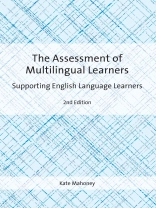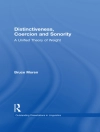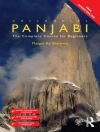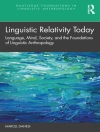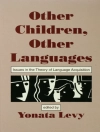This book is a comprehensive introduction to the topic of assessing students who use two or more languages in their daily life. The book provides foundational information for assessing multilingual learners (MLs) in schools, with an emphasis on school language and content. Major assessment ideas are viewed through a framework called PUMI (Purpose, Use, Method and Instrument) to help readers focus on important assessment principles, leading to better quality assessments for MLs.
This is a substantially revised and updated second edition of The Assessment of Emergent Bilinguals. Updates in this edition include a greater focus on multilingual assessment and assessment in language contexts in addition to English/Spanish. This edition addresses both the current politics of multilingual assessment and recent theoretical developments, including an expanded exploration of translanguaging in assessment contexts. This edition aims to be more practical than the first edition, with more examples of assessments and rubrics, and a greater emphasis on using assessment results in formative ways.
Table of Content
Acknowledgments
Introduction
Chapter 1. A Decision-Making Process Called PUMI
Chapter 2. History: How Did We Get Here?
Chapter 3. Validity
Chapter 4. Methods
Chapter 5. Content and Language
Chapter 6. Psychometrics
Chapter 7. Accommodations
Chapter 8. Special Education (co-authored with Laura M. Geraci)
Chapter 9. Accountability
Advice for Instructors on Chapter Activities
Glossary
Index
About the author
Kate Mahoney is Professor in TESOL at the State University of New York at Fredonia, USA. She has taught bilingual learners in the US and Belize. Her research has focused on the assessment of Emergent Bilinguals and multilingual learners. The PUMI framework she presents in this book has been adopted and studied in courses across the US.
